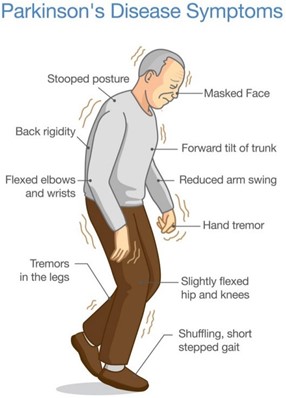A nurse is reinforcing teaching with a newly licensed nurse about the HIPAA Privacy Rule. Which of the following statements by the newly licensed nurse indicates an understanding of the teaching?
The actual medical record belongs to the client
A client's medical record information remains confidential, even during an emergency
If the client dies, their family receives their medical record
A client has the right to view their medical record
The Correct Answer is D
Answer: (D) A client has the right to view their medical record
Rationale:
A) The actual medical record belongs to the client: While clients have the right to access their medical records, the physical medical record itself typically belongs to the healthcare provider or facility that created it. The client does not own the physical document but has the right to view or obtain copies of it under HIPAA regulations.
B) A client's medical record information remains confidential, even during an emergency: While confidentiality is a core principle of the HIPAA Privacy Rule, there are specific exceptions during emergencies. For instance, healthcare providers may share information if it is necessary to provide care or if there is an imminent threat to the client or others. Thus, confidentiality can be adjusted in critical situations.
C) If the client dies, their family receives their medical record: A client’s medical records do not automatically go to their family after death. Access to a deceased person's medical records is typically granted to the executor of the estate or a legal representative, and specific legal processes must be followed. Therefore, this statement is incorrect.
D) A client has the right to view their medical record: Under the HIPAA Privacy Rule, clients have the right to access and view their medical records. They can request copies of their records, review them, and request amendments if they believe there are errors. This right is fundamental to ensuring transparency and accuracy in medical documentation.
Nursing Test Bank
Naxlex Comprehensive Predictor Exams
Related Questions
Correct Answer is B
Explanation
b. Keep suction equipment at the client's bedside.
The nurse should plan to include keeping suction equipment at the client's bedside as an intervention for a client with Parkinson's disease. Parkinson's disease can cause dysphagia (difficulty swallowing) and an increased risk of aspiration. Having suction equipment readily available allows for prompt intervention in case of choking or aspiration episodes, ensuring the client's safety.
Explanation for the other options:
a. Restrict the client's fluid intake: Restricting the client's fluid intake is not typically indicated in the care of a client with Parkinson's disease. Adequate hydration is important for overall health and well-being. However, specific fluid restrictions may be necessary in certain situations, such as if the client has coexisting conditions like heart failure or kidney disease, which should be assessed and determined by the healthcare provider.
c. Instruct the client to look down when ambulating: In Parkinson's disease, individuals often experience a forward-flexed posture and a shuffling gait. Instructing the client to look down when ambulating is not an appropriate intervention. Instead, the nurse should encourage the client to maintain an upright posture, take smaller steps, and focus on taking deliberate and controlled movements to promote stability and reduce the risk of falls.
d. Position the client supine after eating: Positioning the client supine after eating is not recommended for a client with Parkinson's disease. This position can increase the risk of aspiration, as it may promote reflux and regurgitation of stomach contents. Instead, the nurse should advise the client to maintain an upright position, such as sitting in a chair or using a recliner with appropriate head support, to aid digestion and reduce the risk of aspiration.

Correct Answer is A
Explanation
After a patient dies, postmortem care includes preparing them for family viewing . The nurse should place the body in the supine position, with the arms at the sides and the head on a pillow. Then elevate the head of the bed 30 degrees to prevent discoloration from blood setling in the face.
The other options are not correct because:
b) The nurse should cleanse the client's body while wearing appropriate personal protective equipment (PPE) based on indications for isolation precautions, not necessarily sterile gloves.
c) If the patient wore dentures and your facility’s policy permits, gently insert them; then close the mouth.
d) The nurse should close the eyes by gently pressing on the lids with their fingertips. If they don’t stay closed, place moist coton balls on the eyelids for a few minutes, and then try again to close them. Surgical tape is not mentioned as necessary .
Whether you are a student looking to ace your exams or a practicing nurse seeking to enhance your expertise , our nursing education contents will empower you with the confidence and competence to make a difference in the lives of patients and become a respected leader in the healthcare field.
Visit Naxlex, invest in your future and unlock endless possibilities with our unparalleled nursing education contents today
Report Wrong Answer on the Current Question
Do you disagree with the answer? If yes, what is your expected answer? Explain.
Kindly be descriptive with the issue you are facing.
